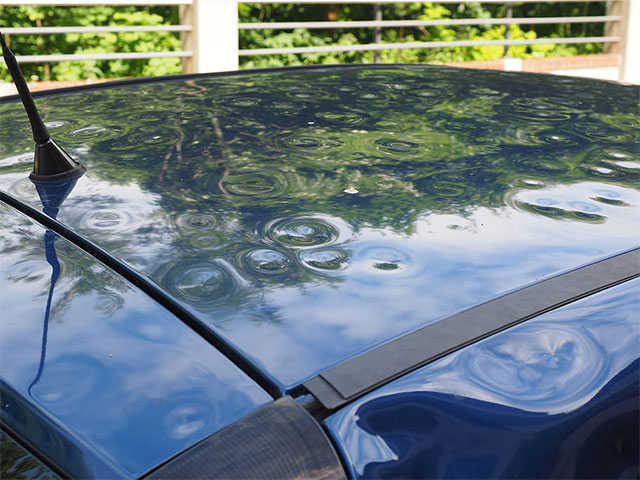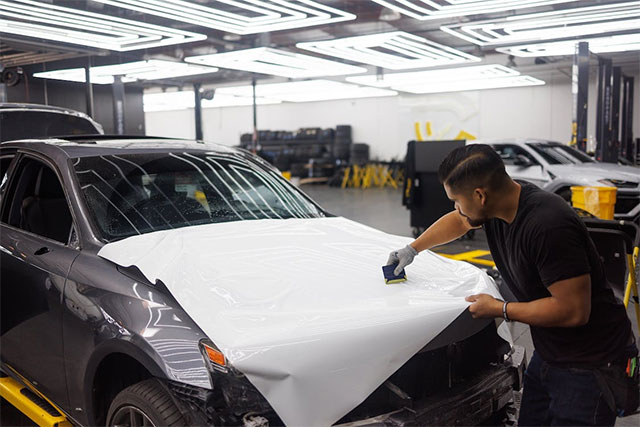Car dents are a common annoyance for car owners. Whether from a small fender bender or an unfortunate encounter with a shopping cart, a dent in your car can be frustrating to look at and expensive to repair. However, with the right tools and techniques, you can repair small car dents at home without breaking the bank.
Table of Contents
How To Remove Minor Car Dents
Here’s what you need to know to get your vehicle to look good as new without the expensive mechanic fee.

Assess the Damage
Before you start the repair process, it’s important to assess the damage to your car. If the dent is too large or deep, it may not be possible to repair it at home. However, if the dent is small and shallow, this is an indicator that you may be able to fix it yourself.
Gather Your Tools
To repair a small car dent, you’ll need a few tools. Depending on the method you plan on using, these tools include:
- A plunger
- A vacuum cleaner
- Boiling water
- A hairdryer
- A bucket of cold water
- A can of compressed air
- Sandpaper
- Primer
- Touch-up paint
- Use a Plunger
Methods For At-Home Dent Removal
Plunging The Dent
If the dent in your car is shallow, you can try using a plunger to pop it back out. To do this, wet the plunger and place it over the dent. Push and pull the plunger until the dent pops out. This technique works best on larger, flatter dents.
Vacuum Cleaner and Boiling Water
Another technique for repairing a small dent in your car involves using a vacuum cleaner and boiling water. First, heat a pot of water until it’s boiling. Then, pour the boiling water over the dent in your car. Next, immediately place the vacuum cleaner hose over the dent and turn it on. The suction from the vacuum cleaner will pull the dent out.
Hair Dryer and Compressed Air
If the dent in your car isn’t severe, you can also try using a hair dryer and compressed air to repair it. First, heat the dent with a hair dryer until it’s warm to the touch. Then, turn the can of compressed air upside down and spray it on the dent. The cold air will cause the metal to contract, pulling the dent out.
Touching Up The Affected Area
After you’ve successfully removed the dent from your car, it’s time to sand, prime, and paint the affected area. Use sandpaper to smooth out any rough spots on the metal, then apply a coat of primer. Once the primer is dry, apply touch-up paint to match the color of your car. Make sure to follow the instructions on the paint can for the best results.
Tips for Success:
- Work in a shaded area to prevent the sun from heating up the metal, making it more difficult to work with.
- If the dent is deep or if there’s a crease in the metal, it may not be possible to repair it at home. In these cases, it’s best to take your car to a professional.
- Don’t try to fix a dent that’s located on a curve or a crease in the bodywork. These areas are difficult to work with, and you’re more likely to cause further damage.
- Don’t use a plunger or vacuum cleaner on plastic bumpers. These materials are too flexible and can be easily damaged.
- If you’re unsure about the best way to repair a dent in your car, it’s always best to seek the advice of a professional.
Repairing a small car dent at home can save you time and money, and it’s a great way to keep your car looking its best. With the right tools and techniques, you can easily remove small dents from your car’s bodywork. However, if the dent is the result of a vehicle collision, the accident attorneys at Shaw Cowart LLP recommend that you always report the incident to the police, even if you don’t intend on visiting a mechanic.













